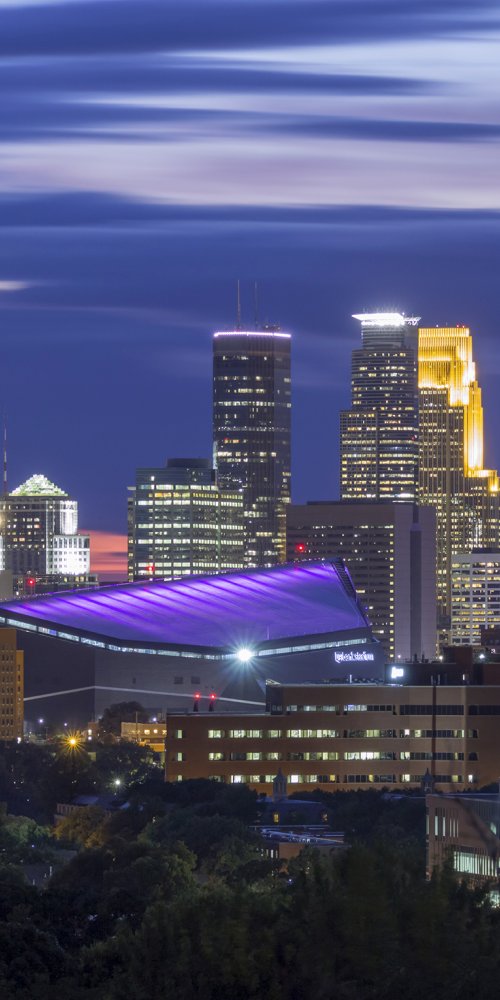

You step onto the bustling platform beneath a sky painted with soft dawn hues. Around you, the rhythmic beep of ticket barriers punctuates the early morning air, mingling with the cheerful clang of tram bells as they announce arrivals and departures. Conversations swirl in at least half a dozen languages, a living tapestry of the city’s diversity. The hum of electric buses coasts along the avenue, weaving through the shoppers, office workers, and students starting their day. This is public transport in Minneapolis, MN, US - a vibrant pulse that carries you through its lively streets and hidden gems alike.

If you’re wondering how to get around Minneapolis, MN, US efficiently, using its public transport system is a smart choice. The city’s network offers affordability unmatched by taxis or parking fees, blending speed with ease, especially during rush hours. When I first climbed the cathedral tower on a crisp autumn morning, I relied on the light rail instead of fiddling with rental cars or ride-shares - it saved me both time and money.
Not only does riding public transport benefit your wallet, but it supports Minneapolis’s green initiatives. The network runs many electric and hybrid vehicles, significantly cutting carbon emissions against private car use. That means your journey contributes to a cleaner, quieter city. Plus, many stops and stations are meticulously designed for comfort and accessibility, creating a seamless urban experience.
And let’s not overlook convenience. With frequent services, straightforward maps, and comprehensive coverage, you’ll find that the metro Minneapolis, MN, US, network adapts well to your schedule and itinerary. Whether you’re commuting to work, touring landmarks, or hopping between trendy neighbourhoods, public transit provides flexibility and consistency.
| Mode | Lines | Peak Frequency | Night Service |
|---|---|---|---|
| Metro Light Rail | 2 (Blue, Green) | Every 10 min | Yes, until 1:30 AM |
| Streetcar Tram | 1 (A Line) | Every 12 min | Limited on weekends |
| Buses | 50+ | Every 5–15 min on major routes | Selected night routes |
| Bike-Share | Numerous docking stations citywide | Available 24/7 | - |
The public transport in Minneapolis, MN, US, is impressively diverse, combining rapid light rail lines with a dense bus grid and a fairly new, buzzing streetcar tram route. You can cover vast swathes of the city quickly, then enjoy the slower, scenic tram rides through vibrant neighbourhoods. The bike-share system complements these modes perfectly, especially for short hops or last-mile journeys. Night service varies by mode but overall ensures you’re never stranded, even after a late concert or game.
Minneapolis’s metro and bus services operate more frequently during peak hours - roughly 7–9 AM and 4–6 PM weekdays - to accommodate commuters. Travelling during these times often means standing room only, but frequent services make waiting times short.
Off-peak hours reward you with quieter rides, fewer crowds, and a more relaxed atmosphere. If your schedule allows, pick lunchtime or late mornings for sightseeing rides, where you can enjoy views and comfortably snap photos.
Night services exist but are less frequent. Plan your late returns carefully, especially on weekends, when some tram routes pause after midnight. Checking schedules in advance will save you surprises.
When I first timed my journey to a theatre show avoiding rush hour, the smooth, uncrowded metro ride felt like a private city tour. It’s well worth adjusting plans to scoop that experience!

Minneapolis public transport is notably wheelchair-friendly. Metro light rail stations have level boarding, priority seating, and audio announcements. Buses are equipped with ramps or lifts and ample space for mobility devices.
Parents with prams will find that buses and trams have designated areas, making travel with little ones straightforward. Elevators at stations and lowered bus floors ease boarding, so you’re never left juggling strollers and steps.
If you’re travelling with bulky suitcases, the Metro Blue Line connects directly to Minneapolis–Saint Paul International Airport. All public transport vehicles have racks or spaces for luggage, but travelling outside peak hours means more room to manoeuvre without rush-hour stress.
You can pay with cash at ticket machines, use Metro Transit apps, or tap contactless cards and mobile wallets directly on validators.
Yes, a single ticket is valid for 2.5 hours on buses, metro, and trams, including transfers within that timeframe.
Indeed, tourist bundles and group tickets provide savings; check official Metro Transit sites or app offers when planning.
Generally yes, with regular security patrols, but it’s wise to be more cautious and check night schedules to avoid long waits.
Now that you’re equipped to navigate the public transport in Minneapolis, MN, US like a pro, why not share your experiences or questions below? Subscribe to our newsletter for insider tips, updates, and curated itineraries to make every trip memorable. Happy travels and see you on board!

Additional articles from our network with useful insights about Minneapolis.